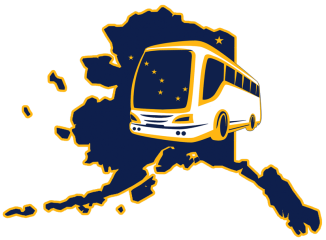When is the best month to see the Northern Lights?
Northern lights are one of the biggest tourist attractions in the Arctic. Every winter, millions of tourists travel north in search of the Northern Lights, which transform the night sky into a panorama of dazzling colors, a sight unlike any other in the world. Given that the size and intensity of the Northern Lights depends on many external factors, you may ask yourself: When is the best time to see the Northern Lights?
The short answer is that the best time to see the Northern Lights is whenever you can do it. However, many things affect the visibility, frequency, and size of an aurora. Here’s how to determine the best time to see the Northern Lights.
When is the best month to see the Northern Lights?

Aurora Borealis can only be seen in winter, early spring and late autumn. This is because the Northern Lights only occur at night. During the day, it will be erased by the light of the sun. Due to the tilt of the Earth, the length of the Arctic day changes dramatically over the course of a year. It gets almost all the sun during the summer, but little or no sun during the winter. Therefore, to maximize your chances of seeing the Northern Lights, visit the Arctic during the winter months.
The exact month in which the Northern Lights are easiest to see tends to vary. Most tourists prefer January or his February. This is the time when the skies are at their darkest and there is enough snowfall to enjoy winter activities like skiing and snowmobiling.
Another factor to consider is the time of day. Arctic winters are said to be dark, but at least at this time of year, most parts of the Arctic have some time to shine. Auroras are much easier to see when the sky is completely dark. This puts the best time to see the northern lights between 9:30pm and 1am, but you can see them as early as 4pm and as late as 6am.
Auroras require clear skies, so it makes sense that you should choose a location with less cloud cover to see them effectively. Many major aurora viewing sites, such as Tromso, Norway, experience heavy cloud cover during winter, so if you want to see the aurora borealis, it’s best to avoid traveling during those times.
A factor that humans cannot control about the Northern Lights is solar activity. Auroras are caused by the interaction between the Sun and the Earth, so during periods of high solar activity, they are more visible and larger. Auroras are the result of the solar wind (particles emitted from the sun) coming into contact with the earth’s magnetic field.
Scientists have observed that the Sun moves in 11-year cycles, during which solar activity rises and falls. If solar activity peaks during this cycle, the aurora will be more visible and stronger. During solar minimums (periods of low solar activity), aurorae appear less frequently and are smaller in size. Scientists say the next peak in solar activity will occur around 2024-2025, when the auroras will become more frequent and larger in size and range.
In addition to the 11-year solar cycle, the Sun also moves in a series of long periods, and the mechanisms behind them are not fully understood. The Sun entered a minimum in 2008, causing a decline in auroral activity. This contrasts with the Modern Maximum, a period of intense solar activity that began in 1914. Previous solar maxima and minima and their effects on Earth have been observed. For example, a series of medieval maxima led to a medieval warm period, and a solar minimum beginning in the 14th century led to an era known as the Little Ice Age.
However, trying to match your travels with solar cycles lasting many years is not practical. Some sensational articles claim that the aurora will disappear entirely due to the decrease in solar activity, but this is not true. So, as long as the sun exists, it will continue to emit solar wind, the phenomenon that produces the northern lights. Solar activity varies in intensity, but in winter there is always enough solar wind to produce auroras.
summary

Choosing the perfect time to view the Northern Lights is a big part of making your trip a memorable one. Of course, there is such a thing as good timing, but careful planning of your trip can maximize your chances of seeing one of the most striking and beautiful natural sights the world has to offer. If the Northern Lights are of interest to you, why not book a trip and see for yourself?
